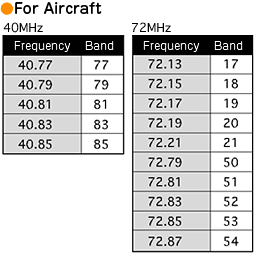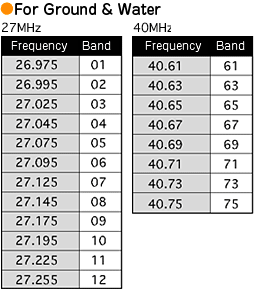The word proportional indicates that a slight movement of the controls on the transmitter, results in a slight movement of the airplanes rudder for example, and a large movement of the controls results in a large movement of the model. Due to the real time control and proportional movement, the term “Digital Proportional System” has been applied. Among these, advanced control systems use a PCM modus to send and receive digital signals between the transmitter and receiver. The same technology is used in space satellites and is also being used in the development of new generation industrial products. The recent development of digital servos means that after receivers and servos transfer digital signals, the model hobby will be using a completely digitalised system of control and be at the forefront in the application of this technology.
With the application of digital proportional control, R/C models can deliver the same control feel and touch as their real life machines. This draws a distinct line between radio controlled toys and true R/C models. Radio controlled toys have only fixed scope of movement like left or right for example, and cannot provide the feel and sophistication of true R/C models.
 |
|
 |



